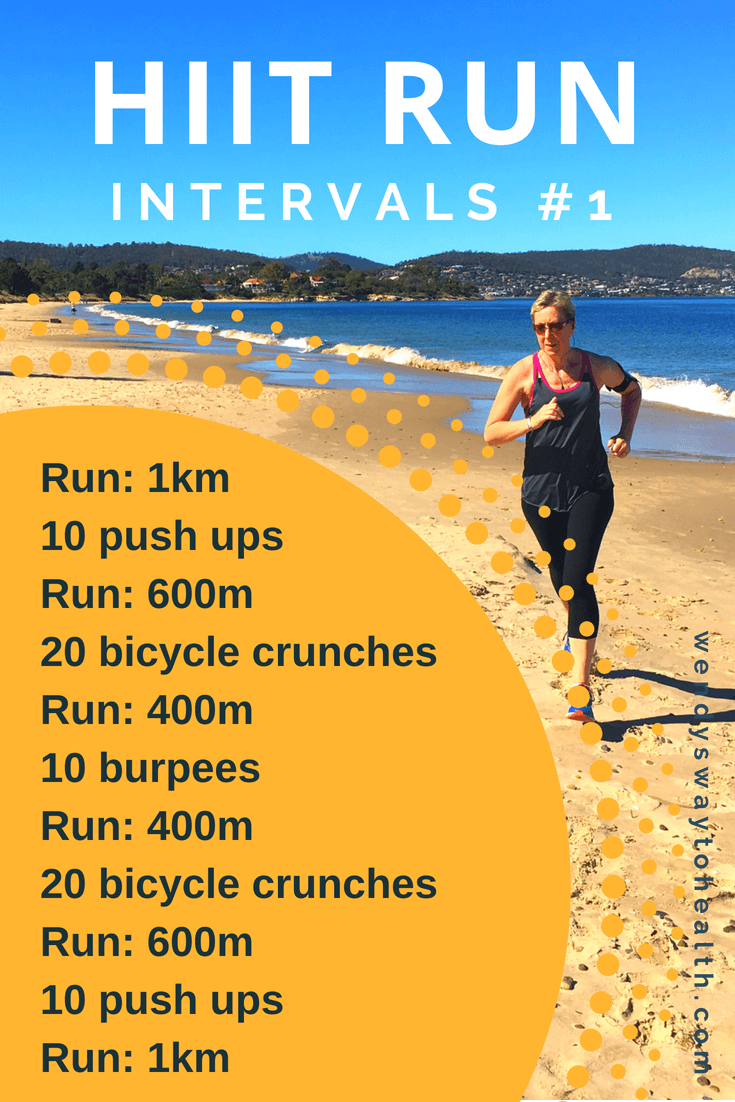Running Workout Techniques: Strategies to Enhance Endurance and Speed
Running Workout Techniques: Strategies to Enhance Endurance and Speed
Blog Article
How to avoid and Handle Pain in Operating: Specialist Tips and Suggestions
The pursuit of that jogger's high can sometimes be hindered by the unwanted companion of pain. There exist tried and tested techniques and experienced guidance that can aid mitigate and handle these pains, allowing you to concentrate on the pleasure of running itself.
Significance of Correct Footwear
Proper shoes plays an important duty in stopping and managing pain for joggers, as it significantly impacts their convenience, efficiency, and general foot health and wellness. When it pertains to running, putting on the right shoes can make all the difference. Uncomfortable or inappropriate footwear can result in a host of problems such as sores, shin splints, plantar fasciitis, and even much more extreme injuries like stress fractures.
Selecting the right operating footwear involves taking into consideration factors such as foot type, gait auto mechanics, running surface, and individual choices. Joggers with high arcs might require more cushioning and support, while those with flat feet may benefit from stability shoes. Furthermore, comprehending pronation (the internal rolling of the foot) and supination (the outside rolling of the foot) can help in picking footwear that offer the best level of arch assistance.
Buying high quality operating footwear that are ideal for your specific demands can aid protect against discomfort and pain while boosting your running experience. Focusing on appropriate footwear is not practically performance but additionally concerning guarding your foot health and wellness in the lengthy run.

Efficient Warm-up Techniques
A dynamic workout routine before a run aids enhance blood circulation to the muscle mass, boosts versatility, and enhances the array of activity of the joints. Dynamic extends like leg swings, high knees, and hip circles are helpful in preparing the body for the physical demands of running.
Along with dynamic stretches, incorporating some light cardio workouts such as jogging or avoiding rope can further raise the heart rate and heat up the body. This combination of dynamic stretching and light cardio helps loosen limited muscular tissues, lube the joints, and mentally prepares the jogger for the upcoming exercise (running workout). By making workouts a regular part of your running regimen, you can considerably lower the risk of injuries and do at your best during each run
Secret Extending Exercises
When planning for a run, incorporating essential extending workouts is vital to boost muscle flexibility and protect against injuries - Read More. Dynamic stretches such as leg swings, high knees, and hip circles are valuable for warming up the muscular tissues and raising series of movement before a run. These movements help boost blood circulation, loosen up limited muscles, and prepare the body for the activity in advance
Fixed stretches like calf stretches, hamstring stretches, and quadriceps stretches must adhere to a run to aid in muscle mass recuperation and avoid tightness. Holding each go for 15-30 secs allows the muscle mass to loosen up and elongate, minimizing the risk of post-run soreness and prospective injuries.
In addition, incorporating yoga presents like descending canine, pigeon present, and back twists can target multiple muscle mass teams simultaneously, promoting general versatility and stamina. Regular extending regimens not just boost efficiency yet also help in maintaining great running type and stopping overuse injuries. Keep in mind, correct extending strategies are essential for a risk-free and pleasurable running experience.
Healing and Rest Methods
After finishing a run, carrying out efficient recuperation and rest approaches is vital for maximizing efficiency and decreasing the threat of injuries. One important element of healing is permitting the body time to relax and fix itself. Appropriate sleep is vital as it is during rest more info that muscular tissues recuperate and grow stronger. In addition, including rest days into your training schedule is important to avoid overuse injuries and burnout.
Energetic recovery methods such as gentle stretching, foam rolling, and yoga exercise can assist improve blood circulation, minimize muscle mass soreness, and boost flexibility. It is also beneficial to prioritize hydration and nourishment post-run to restore electrolytes, glycogen stores, and promote muscle mass healing.
Cross-training tasks like swimming or biking can provide a break from the repeated effect of running while still keeping cardiovascular fitness - running workout. Listening to your body and acknowledging when it requires a break is vital to stop chronic injuries and making sure lasting running success. Remember, rest is not a sign of weak point yet an essential element of a well-rounded training regimen
Cross-Training Advantages

It enables you to function on different facets of fitness that might not be targeted solely with running, leading to an extra balanced and versatile athlete. Furthermore, cross-training can aid improve running effectiveness by addressing muscular inequalities and weak points that may prevent performance.
Conclusion
To conclude, proper shoes, workout methods, extending workouts, healing approaches, and cross-training are necessary components in protecting against and managing pain in running. By including these techniques into your routine, you can lessen the threat of injury and pain while optimizing efficiency and enjoyment of the sport. Read More. Keep in mind to pay attention to your body, prioritize rest and recuperation, and seek expert guidance when needed to make sure a secure and reliable running experience
Report this page